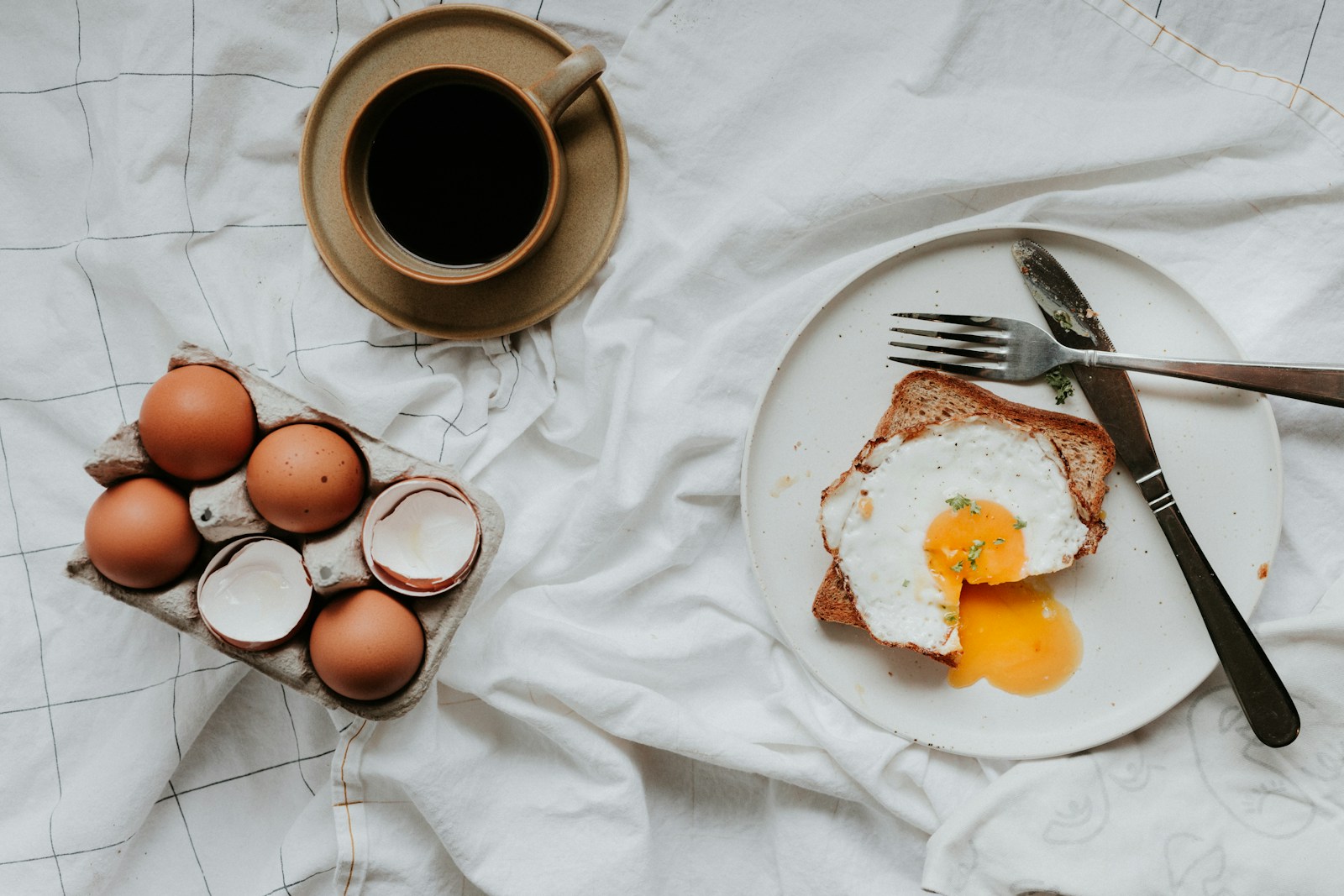
刀
dāo

knife
The Chinese word for knife, '刀', is usually used in the context of cutlery or tools for cutting. It can be used in compound words to denote specific types of knives, such as 餐刀 - 'meal knife' or a 'table knife'. Like other Chinese nouns, it can be combined with numbers and measure words to indicate quantity.
Example sentences using: 刀
我需要一把刀。
Wǒ xūyào yī bǎ dāo.

I need a knife.
This sentence refers to the speaker's need for a knife. In Chinese, '一把' is a quantifier used for knife.
他拿着一把刀。
Tā ná zhe yī bǎ dāo.

He is holding a knife.
This sentence describes a scenario where someone is holding a knife. '拿着' represents the action of holding.
厨房里有很多刀。
Chúfáng lǐ yǒu hěnduō dāo.

There are many knives in the kitchen.
This sentence talks about the abundance of knives in the kitchen, '很多' means 'many'.
刀很锋利。
Dāo hěn fēnglì.

The knife is very sharp.
This sentence is about the sharpness of a knife, '锋利' means 'sharp'.
我忘了带刀。
Wǒ wàngle dài dāo.

I forgot to bring a knife.
This sentence is about the speaker forgetting to bring a knife, '忘了' means 'forgot'.
这把刀是你的吗?
Zhè bǎ dāo shì nǐ de ma?

Is this your knife?
This sentence is asking if the knife belongs to the addressed person, '你的' means 'yours'.
他正在磨刀。
Tā zhèngzài mó dāo.

He is sharpening the knife.
This sentence highlights the act of someone sharpening a knife, '正在' indicates a present ongoing action.
刀落在地上了。
Dāo luò zài dì shàngle.

The knife fell on the ground.
This sentence describes a situation where a knife fell to the ground, '落在' means 'fell on'.
他用刀切蔬菜。
Tā yòng dāo qiē shūcài.

He cuts vegetables with a knife.
This sentence discusses the act of cutting vegetables with a knife, '切' means 'cut'.
请递我那把刀。
Qǐng dì wǒ nà bǎ dāo.

Please pass me that knife.
This sentence includes a polite request to pass a knife, '那把刀' refers to 'that knife'.